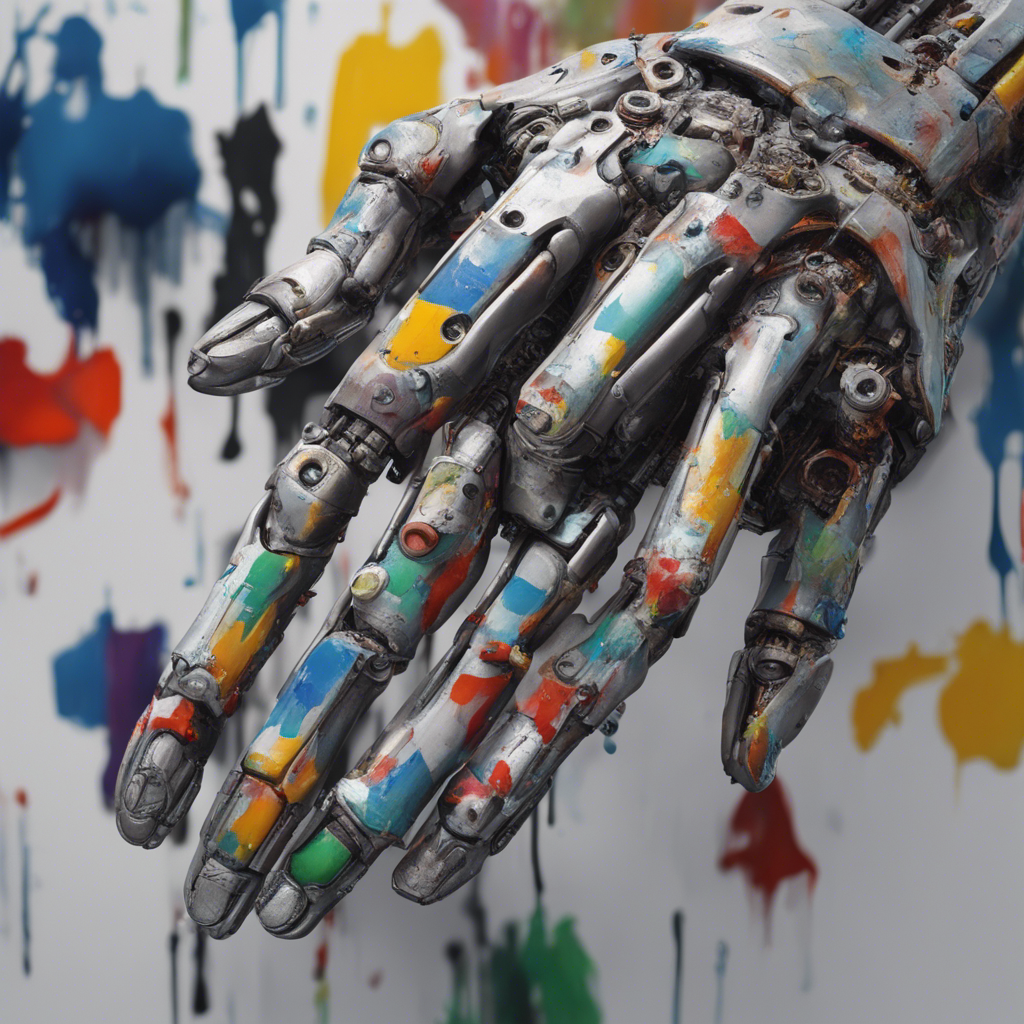
The world of Artificial Intelligence (AI) has witnessed remarkable advancements in recent years, particularly in the field of chatbots. Chatbots, powered by AI algorithms, have emerged as an effective tool for businesses to engage and interact with their customers. This blog post explores the promising landscape of AI-powered chatbots, their benefits, and the future possibilities they hold.
Understanding AI-powered Chatbots
AI-powered chatbots are computer programs designed to simulate human-like conversations with users. These chatbots leverage natural language processing (NLP) and machine learning algorithms to comprehend user queries and respond in an accurate and helpful manner. They can be integrated into messaging platforms, websites, mobile apps, and social media platforms to provide instant and personalized customer support.
The Benefits of AI-powered Chatbots
There are several benefits associated with implementing AI-powered chatbots:
-
24/7 Customer Support: Unlike human agents, chatbots can provide round-the-clock customer support, ensuring that queries are addressed promptly.
-
Cost Efficiency: Chatbots reduce operational costs by automating repetitive tasks and reducing the need for human intervention.
-
Increased Customer Satisfaction: AI-powered chatbots offer quick and efficient responses, leading to improved customer satisfaction and loyalty.
-
Personalized Interactions: Through machine learning algorithms, chatbots learn from user interactions, enabling them to provide personalized recommendations and suggestions.
-
Scalability: Chatbots can handle multiple customer queries simultaneously, ensuring that no user is left unattended during peak hours.
AI-powered Chatbots in Different Industries
The adoption of AI-powered chatbots is not limited to a single industry. Various sectors have recognized their potential and are actively implementing chatbot solutions:
-
E-commerce: Chatbots assist customers in finding products, tracking orders, resolving complaints, and providing personalized recommendations.
-
Banking and Finance: Chatbots offer account information, transactional support, and financial advice to customers, improving their overall banking experience.
-
Healthcare: Chatbots enable patients to schedule appointments, receive medical advice, and access basic healthcare information without human intervention.
-
Travel and Hospitality: Chatbots assist travelers with flight bookings, hotel reservations, itinerary suggestions, and provide real-time assistance during their journey.
The Future of AI-powered Chatbots
As AI technology continues to advance, the future possibilities of AI-powered chatbots are intriguing. Some potential areas of growth include:
-
Advanced Natural Language Processing: Chatbots will become increasingly proficient at understanding complex and nuanced user queries, leading to more accurate responses.
-
Emotional Intelligence: AI algorithms will be enhanced to comprehend and respond to emotional cues from users, creating a more empathetic and human-like interaction.
-
Omni-channel Integration: Chatbots will seamlessly integrate across various platforms to provide a consistent and cohesive user experience.
-
Enhanced Personalization: AI-powered chatbots will leverage user data and behavior patterns to offer highly personalized recommendations and support.
-
Industry-specific Expertise: Chatbots will undergo specialization, acquiring domain-specific knowledge to fulfill industry-specific requirements effectively.
In conclusion, the landscape of AI-powered chatbots is indeed promising. With numerous benefits and significant potential for growth, businesses across different industries are increasingly embracing chatbot technology. As AI algorithms continue to evolve, we can expect chatbots to become even more sophisticated, providing enhanced customer experiences and revolutionizing the way businesses interact with their clients.
References:
Note: Images used in this blog post are for representational purposes only.






